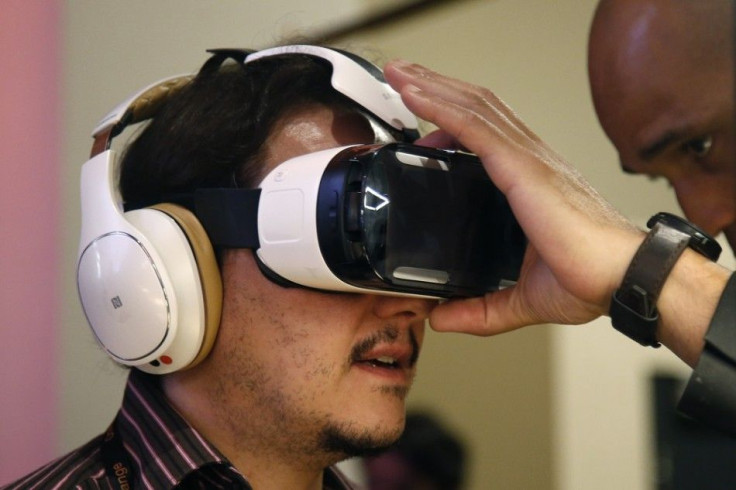Epic Games Boss Tim Sweeny Believes Virtual Reality Won't Fade Out Like 3D TVs

These days, it isn't uncommon to find tech news feeds brimming with console and smartphone makers, videogame bigwigs and pretty much anyone with a stake in the videogame industry extolling the virtues of virtual reality and wearable headsets. However, the industry's enthusiasm is met with cautious scepticism from consumers voicing their opinions in forums and comments sections of virtually every article touting VR as the next best thing since sliced bread. Their main bone of contention is that virtual reality is a gimmick similar to the failed industry push for 3D technology in the past few years.
Epic Games boss Tim Sweeny, however, begs to differ. The videogame industry veteran known for creating the Unreal Engine believes it's unfair to compare virtual reality with 3D technology. According to VG247, VR headsets address the primary failing of 3D, which was its inability to create a convincing sense of immersion for viewers.
"Unless you are standing in one magical position, the moment you go beyond just a 2D image on a screen your brain circuits kick in that this is supposed to be reality and if it is not perfect it is incredibly jarring," said Sweeny in an interview with Game Informer. "With VR you are in that one magical position, your eyes are properly located relative to the screen so you have to control of each frame of the image for every viewer of the game which does not happen with a lot of people sitting in a theater and so it can be done perfectly."
The videogame developer believes that 3D televisions simply aren't convincing due to their over-dependence on the perfect viewing angle. Even when the conditions are optimal, the technology isn't sophisticated enough to trick the brain into believing that the 3D content isn't being relayed through a 2D screen. The Epic boss considers the content and movie industry's oversight in recognising these critical issues as the primary reason for its failure. The flawed 3D technology wasn't ready to be forced upon consumers through 3D theatre screenings and the scores of 3D-capable televisions that had flooded the markets since 2010.
Sweeny argues that VR headsets, on the other hand, create optimal viewing conditions by assigning screen real estate dedicated to each eye. Its ability to maintain the correct position irrespective of the viewer's orientation in the real world also makes the illusion complete. In a nutshell, he believes that the current breed of VR headsets isn't bogged down by the serious technical limitations that had plagued traditional 3D technology.
The man behind "Unreal," however, prefers to be cautiously optimistic about virtual reality. He still thinks current limitations of the technology, such as hardware latency, screen resolution and object quality, are barriers will have to be worked upon before it can attain true perfection. Nevertheless, he considers these human engineering parameters as minor kinks in the VR experience that could be ironed out within the next 10 years.
Newer entrants such as HTC's collaboration with Valve for the Vive VR headset already seemed to have solved the major problem of VR-induced nausea. The remaining limitations noted by Sweeny can be addressed through improvements in hardware. The cost of ownership and the availability of content are the two important parameters that could really make a difference to the prospects of VR technology's mainstream adoption. The technology won't really take off unless hardware and software entities make a concerted push to reduce the cost of VR headsets and produce enough quality content for the same.
In case you have any feedback or wish tip us off, the author can be contacted at nachiketpg13@hotmail.com.
HTC RE Vive (credit: HTC YouTube channel)





















